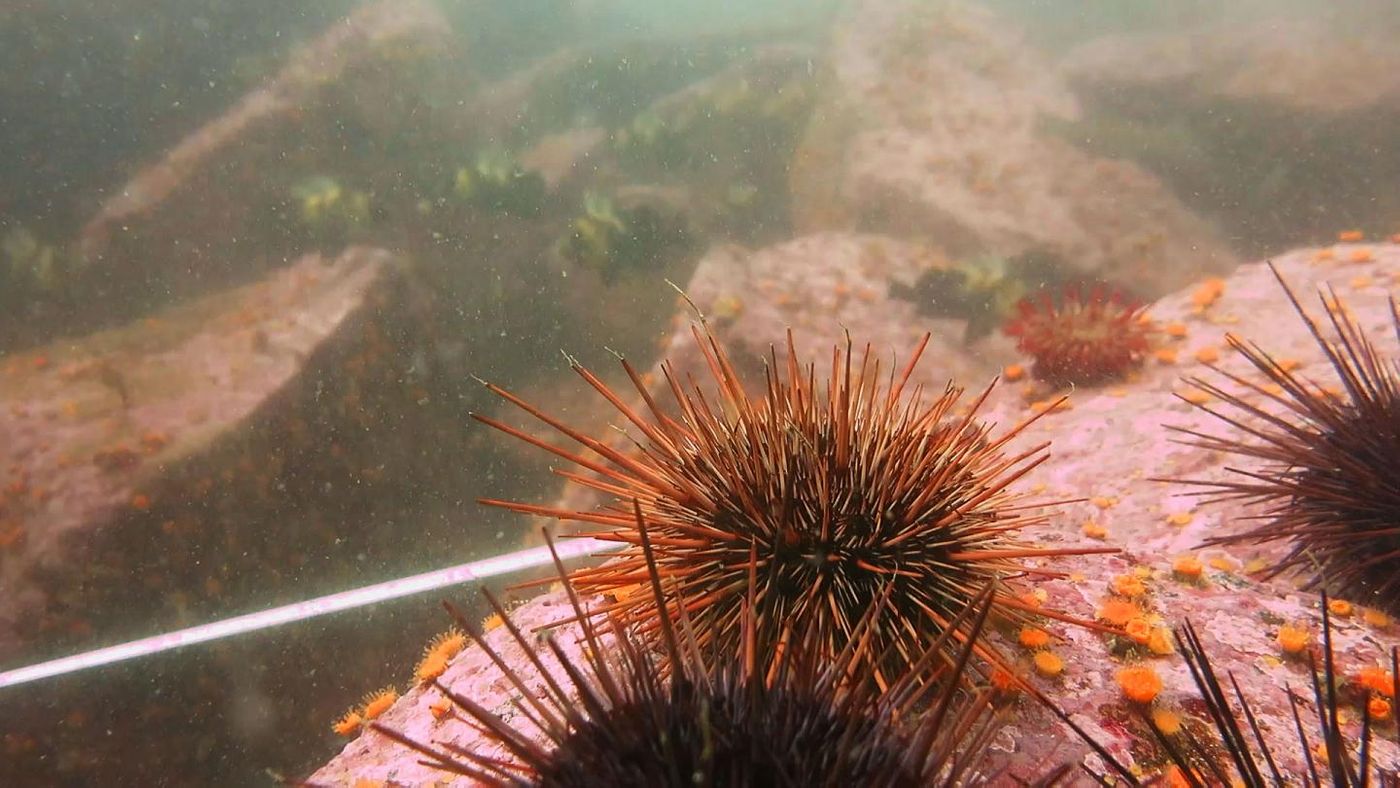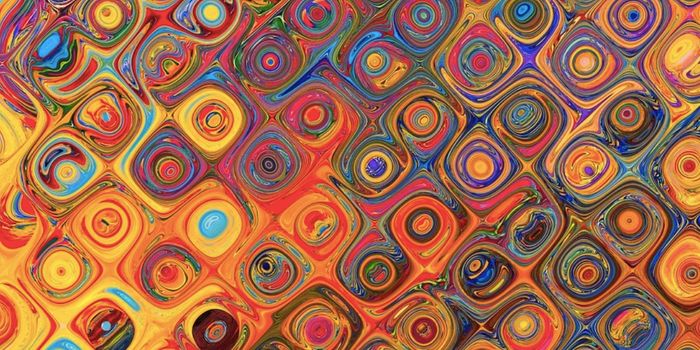DNA Analysis Shows How Algae Respond to a Changing Environment
Researchers took a close look at what seem to be strands of pink bubblegum smeared on rocks off of the British Columbian coast - coralline algae - and discovered a cornucopia of species. The researchers wanted to know more about how ecosystems are changing and losing diversity. Often, the loss of apex predators can have terrible consequences for a biological community (known as trophic downgrading). Coralline algae appear to be one of the few species that has been able to tolerate the loss of the apex predator in its community, while many of its neighbors aren't faring so well. There is more to the story, however, which has been reported in the Proceedings of the National Academy of Sciences (PNAS) and is outlined in the video.
"Corallines play really important roles in their ecosystem, from cementing coral reefs together to giving off scents that attract other species like sea urchins, abalone, corals, and kelps to the area," said Patrick T. Martone, a professor of botany at University of British Columbia (UBC) who oversaw the research. "Some coralline species are better at attracting organisms than others and respond to climate stressors like rising ocean temperatures in different ways. But they all look the same so it's hard to tell how changes to their environment are really impacting them."
The researchers used DNA analysis to learn more about the numerous species of coralline algae. This diversity might be the key to preserving marine habitats such as kelp forests. When sea otters, an apex predator or keystone species, disappear from the area, sea urchins thrive, and their growth destroys kelp forests. The result is a so-called sea urchin barren, where few species can live, except for coralline algae.
"The fact that corallines do better in this environment would be an exception to our understanding of the impacts of losing keystone species like sea otters, which typically result in an overall loss of biodiversity," said Martone.
The scientists compared the DNA they harvested from coralline algae growing in kelp forests to that growing in sea urchin barrens to see how the algae may be impacted by the change in habitat. The algae sampled from kelp forests were similar to each other but different from what was growing in the barren areas; there had been a reduction in species diversity.
"What we found is that there are a lot of species down there," said the lead study author Katharine Hind, Ph.D. "And while some corallines do grow more abundantly in sea urchin barrens, we found more species and greater diversity in kelp forests."
"So what we begin to see is actually a loss of coralline diversity, despite the apparent increase in abundance. This greater understanding changes our interpretation of the ecological pattern - a lesson that should be applied to cryptic species in other biological systems, like fungi, insects, or plants on land," said Hind. "It's possible we could be losing some kind of ecosystem function as a result of this loss of diversity."
Now the scientists want to know more about the various species of corallines they found and what they do.
"We are seeing a decline in kelp forests along the coast as they are being replaced by these urchin-dominated barrens," said Martone. "We think corallines might hold the key to understanding the maintenance of urchin barrens; certain species that urchins prefer to settle on could result in a positive feedback to bring more urchins to the area. Conversely, corallines that kelp spores respond more positively to could help bring kelp forests back to stripped reefs."
Sources: AAAS/Eurekalert! via UBC, PNAS










